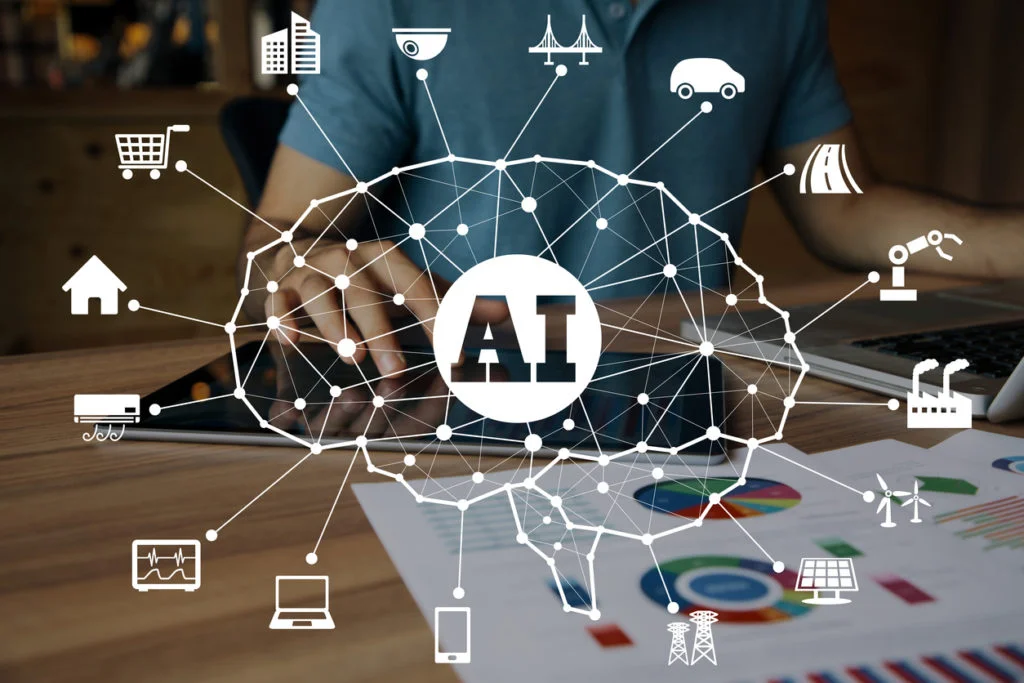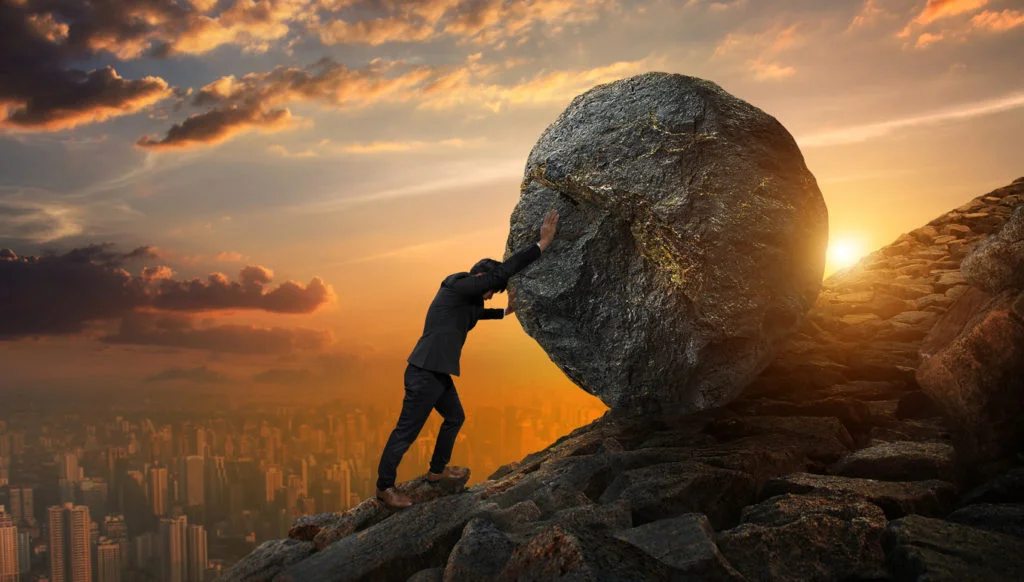Purchasing items via an ecommerce app is becoming increasingly common for consumers. As of 2014, mobile commerce accounted for 12% of total U.S. ecommerce. That figure is expected to increase to 45% by 2020. Given that a large number of consumers will become mobile shoppers in the future, companies need to deliver what consumers are looking for.
However, do brands really understand what consumers want and how to do deliver it? Clutch, a B2B research firm, conducted a survey of 505 ecommerce app users to uncover what features they desire most from ecommerce apps. Here is a summary of the survey’s findings which provided insight into 7 features that consumers really want from ecommerce apps.
1. Deals and Offers
Roughly 68% of consumers use ecommerce apps to receive deals and offers. In fact, many convenience store apps, such as Walgreens, CVS, and 7-Eleven are already well known for offering deals. However, consumers don’t want just any deals. An additional 85% of survey respondents reported that they want ecommerce apps to offer discounts on products similar to past purchases.
Currently, 63% of consumers already use ecommerce apps to receive deals and offers that are only available in-app. Consumers also prefer to be notified about new discounts with 84% of respondents reporting that they would opt-in to push notifications to receive new discounts.
2. Rewards
Rewards are another strong incentive for consumers to use ecommerce apps. Loyalty rewards programs incentivize consumers to make purchases. If an app syncs to a retailer’s loyalty rewards program, over 80% of consumers said that they would use that feature. This feature is particularly beneficial to consumers given the fact that some people forget to bring their loyalty cards with them while shopping at a retailer’s brick and mortar location.
3. Personalization
Ecommerce apps have the ability to personalize the in-store experience, which is something that 59% of survey respondents would opt-in for. Personalization offers an important opportunity for brands to build a stronger connection with consumers that are already on-location. Personalization features, such as recommendations, are already being heavily used by retailers like Amazon and the company has reported that recommendations account for 35% of the company’s revenue.
Recommendations take into account a shoppers previous browsing behavior, as well as, past purchases. Roughly 70% of consumers said that they would use recommendations.
4. Comparison
Retailers must also keep in mind that they are in competition with other companies offering the same or similar products even as users engage with their ecommerce apps. About 62% of consumers use e-commerce apps to compare products and prices. Companies that already offer ecommerce apps that provide comparison include mass merchant retailer apps such as Target, Walmart, and Toys”R” Us.
5. Augmented Reality
If consumers had the option to use augmented reality features within an app in order to visualize products in the environment in which they would be used, 54% of app users said that they would use those features. This high tech option is already available through Wayfair’s app which allows customers to view how furnishings and décor would look in a room through WayfairView which utilizes the smartphone’s cameras. This allows customers to view the product in their own surroundings before making a commitment to a purchase.
6. Social Media
Being able to share and discuss products is an important part of the retail shopping experience for consumers. Roughly 90% of survey respondents have social networking apps on their smartphones. With social features integrated into an ecommerce app, this feature allows consumers to engage in a more personal experience.
TopCashback, is an example of an app that integrates social media features because it allows users to refer other users to the app by sharing it with their friends via social media. In exchange for referrals, users receive money from TopCashback.
7. Convenience
Nearly 65% percent of consumers use ecommerce apps to shop anywhere and anytime. By storing passwords and account information, consumers can decide when they want to purchase an item, which increases the chances that the purchase will be made. Nearly 55% of consumers said that they use ecommerce apps because it provides an easy shopping experience.
Some retailers, such as Starbucks, Domino’s, and McDonald’s have offered time-saving features within their apps to allow customers to save time when making purchases, allowing them to place orders directly on the apps to avoid lines. Starbucks now has 13 million active loyalty program members, and 27% of customers pay for food and beverage orders via the mobile app.
Conclusion
All in all, the results of this survey indicate that consumers want ecommerce apps that offer more robust features beyond simply browsing and buying. As the market share of ecommerce apps continues to grow, consumers will continue to look to apps for features such as discounts, personalization, rewards, and augmented reality from their favorite retailers.
By delivering the features that consumers want, ecommerce companies can improve customer engagement and drive greater mobile app adoption.
Get in Touch
To learn more about our ecommerce app development process, contact us today. We can provide you with detailed advice and insights as you begin the early stages of planning your ecommerce app project.









